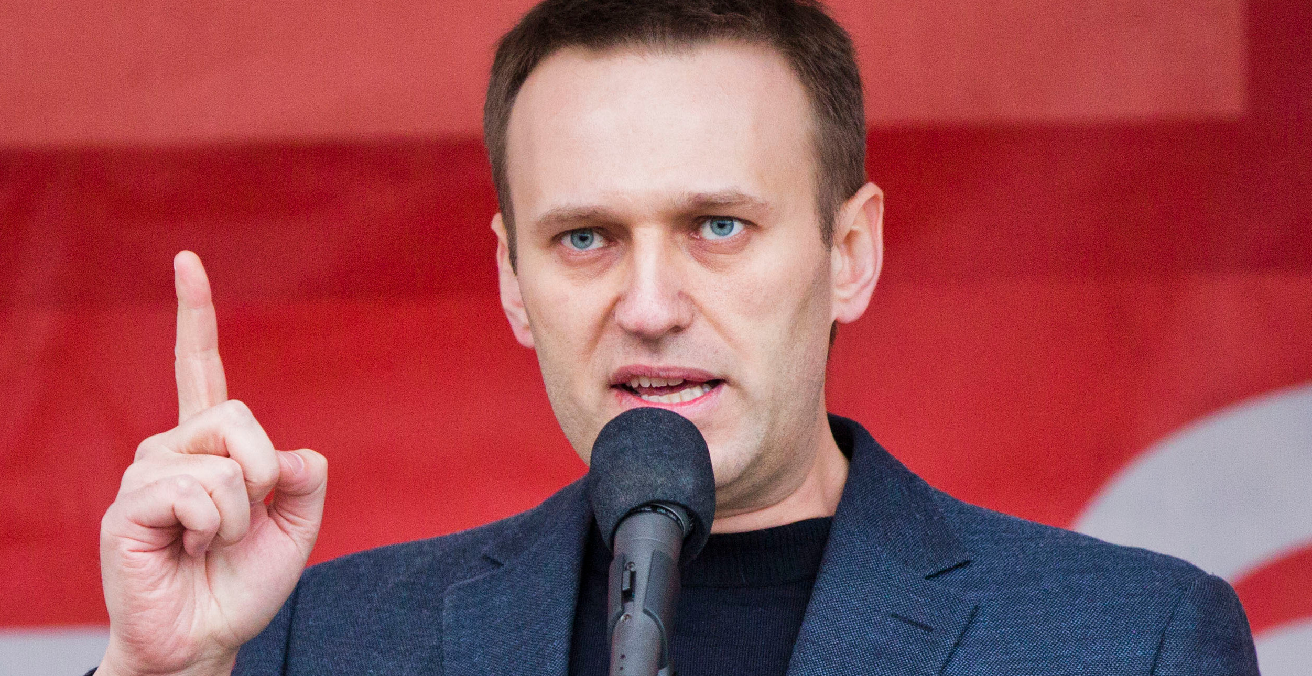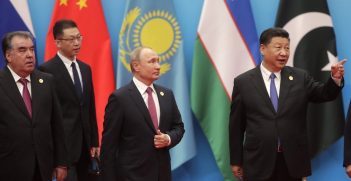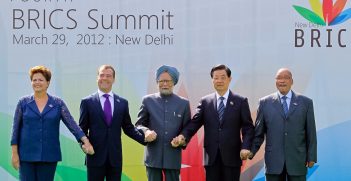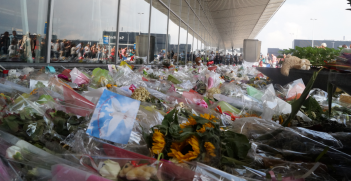Russia’s New Political Momentum

Alexei Navalny’s return and subsequent imprisonment in Russia solidified his role as a leader of political opposition to Putin. The nationwide protests associated with calls to free Navalny exposed deep polarisation in the country, between societal groups pushing for and those opposed to political changes.
Alexei Navalny’s return to Russia on 17 January 2021, his immediate arrest at the border, and a court verdict sentencing him to two years and eight months in jail started a new political moment in Russia. Navalny returned home from Germany after a period of recuperation from poisoning in August 2020 – in all likelihood by his own government – in a dramatic defiance of state warnings that he would be imprisoned upon his return. The release of the investigation about Putin’s Palace two days after Navalny’s return added another layer of drama to this political moment. These events catalysed and exposed several important shifts in Russian politics.
First, with his choice to return to Russia in the face of authorities warning him not to, Navalny further consolidated his image as the leader of political opposition in Russia. His recognition in the country has undoubtedly grown over the last year. The most recent events made him into the central symbol of anti-Putinism and the political figure who could, potentially, consolidate the different grievances against the current regime in Russia. Even with his imprisonment, this symbolic shift is irreversible, and Navalny’s popularity is likely to grow further.
Second, the release of a documentary about Putin’s Palace worked to desacralise Vladimir Putin’s image. The documentary was made by Navalny’s Anti-Corruption Foundation (FBK) and represented their first personal attack on Putin. FBK’s earlier investigations zoomed in on other high-ranking Russian state officials, including Dmitry Medvedev. A close look into the wasteful and outdated opulence of the palace greatly tarnished the image of the president. If the 2014 annexation of Crimea and the propaganda that followed sought to raise Putin’s image to that of a symbol of millennial Russia resurrecting from the ashes of the 1990s transition, this documentary posited Putin as a symbol of widespread corruption and kleptocracy.
The message itself is not new. However, the unprecedented number of viewers – surpassing 100 million in the first week – turned the documentary into a political event that the Kremlin had no choice but to react to. Putin’s own attempt to disassociate himself from the Palace in response to a staged question at a meeting with students was not convincing. The Kremlin also followed up with the decision to clarify the Palace ownership by bestowing it onto Arkady Rotenberg, Putin’s friend, who claimed he plans to build a hotel there . If anything, these revelations were viewed with ridicule, as a sign of further desacralisation of Russia’s leader. This direct and visible association of Putin with corruption and kleptocracy, supported by vivid images of an expensive toilet brush and other items from the palatial estate linked to the Russian president, would be difficult (and even impossible) to remove from the collective imagination.
Third, the clash between Navalny and the Kremlin that has intensified over the last two weeks has furthered political polarisation in Russian society. Around half of the population in Russia continues to trust television, and many of those viewers buy into the messages and frames advanced by the Kremlin-controlled media channels. These frames work to paint Navalny as a power-hungry Western stooge and a convicted criminal. Navalny’s purported association with the West and Russia’s foreign enemies is a long-used media strategy aimed at appealing to the collective identity of Russians and playing on the emotive resentment connected with Russia’s loss of status after the collapse of the Soviet Union.
This strategy has been extremely potent. The fact that almost half of Russians believed Navalny’s poisoning to be staged or undertaken by foreign security services is a direct result of the Kremlin’s propaganda efforts and an appeal to Russians’ sense of belonging to the Russian state that had been victimised in the 1990s. The perceived danger associated with Navalny only makes sense in this Kremlin-propagated context of Russian victimhood and the resultant imperative to build Russia’s strength by standing up to any new anti-Russian actions, with Navalny perceived as a tool in the hands of foreign governments.
Social psychologists have long noted that, depending on social context, the salience and politicisation of collective identity can shift attitudes and produce patterns of relations characterised by out-group discrimination and in-group glorification. When individuals are motivated by national belonging, they tend to be biased in favour of their in-group members (people with whom they belong) and against the outsiders. A significant group in the Russian population is still under the “spell” of this political strategy that builds with reference to the painful transition of the 1990s and appeals to national identity.
The pro-Kremlin strategists continually improvise and add new tricks into their strategy of undermining political opposition. This was exemplified most recently when a new element in the Kremlin’s anti-Navalny strategy sought to sow moral panic by focusing on the politicisation of children. Indeed, Navalny does draw on greater support among Russia’s youth (but not children), and his team has long relied upon social media to organise for collective action.
Following news of Navalny’s possible imprisonment, pro-Navalny videos flooded TikTok, where the hashtags #FreedomForNavalny and #January23 trended and were watched by millions before the first protest was planned for 23 January 2021. In response to such unprecedented politicisation of TikTok, the pro-Kremlin media advanced a narrative presenting Navalny and his team as prompting school children and minors to join illegal street protests. The state machinery mobilised schools and universities to keep students away from the streets on protest day. Such framing was undoubtedly effective in a society with protective parents concerned about the effects of technology and social media on the politicisation of the youth, as well as the real implications of such politicisation in the context of an increasingly repressive regime.
While rapid politicisation of the TikTok platform might not be permanent (also because of the swift response from the authorities), the political struggle in Russia and the erosion of regime support is likely to continue. With the Kremlin’s political strategies of confrontation with the West and increasing political repression at home, the issues of a stagnating economy, falling living standards, and political protest are only going to intensify. Navalny’s return only signalled once more that these developments might prove to be a one-way street. The fact there is no obvious answer to what lies at the end of such a one-way street is worrying. Even if the necessity of moving from a personalised crony system towards a system with working institutions is widely supported, the mechanics of such transition are far from obvious.
Gulnaz Sharafutdinova is a Reader in Russian Politics, King’s College London, and is the author of Red Mirror: Putin’s Leadership and Russia’s Insecure Identity (OUP, 2020).
This article is published under a Creative Commons License and may be republished with attribution.





